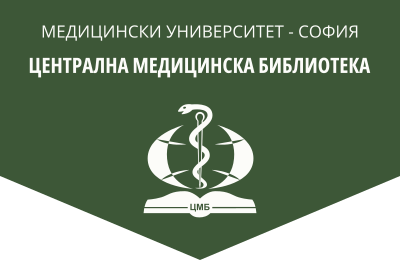Femoral neck fracture and cardiovascular complications: an interdisciplinaryapproach in critical cases
General Medicine, 2025, 27(2), 31-35.
G. Stoitsev1 V. Gegouskov1,2
1 Department of Cardiac Surgery, St. Anna University Hospital ‒ Sofia
2 Medical University ‒ Pleven
Abstract. A fracture of the upper portion of the femur is commonly referred to as a hip fracture. With advancing age, the incidence of such fractures increases exponentially and is associated with high mortality in geriatric patients. The most commonly used treatment for this condition is total hip arthroplasty (THA), which is an exceptionally successful surgical procedure. Despite significant advancements in the design, effectiveness, and safety of THA, a significant number of postoperative complications still occur, most of which are cardiac or pulmonary. It is well established that atherosclerotic cardiovascular disease and osteoporosis share a common pathophysiology. There is evidence that prolonged systemic inflammation following an acute myocardial infarction or an osteoporotic fracture exacerbates both chronic conditions. This article presents a case of a patient who developed an acute myocardial infarction following total hip arthroplasty for a femoral neck fracture. The aim is to provide an overview of the significance of these two conditions, while the literature review seeks to identify potential risk factors for myocardial infarction development immediately after THA. It is important to highlight that effective communication within the Heart team and the timely response of the medical staff led to the patient’s complete recovery, despite being
in a group with exceptionally high in-hospital mortality.
Key words: hip fracture, osteoporosis, myocardial infarction, total hip arthroplasty THA, aortocoronary bypass
Address for correspondence: G. Stoitsev, MD, PhD, e-mail: georgistoicev@abv.bg
